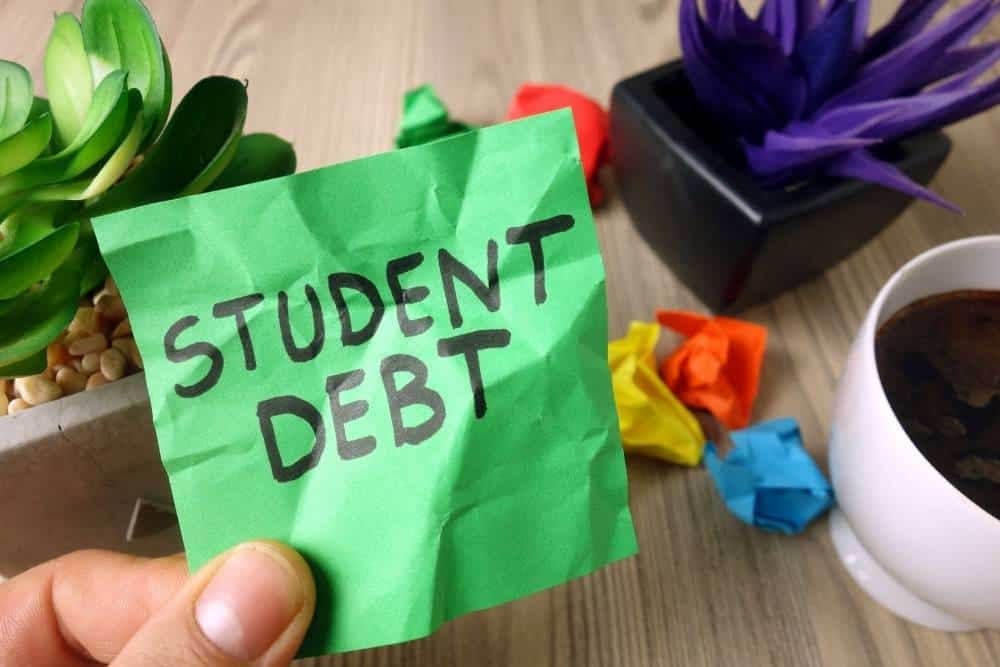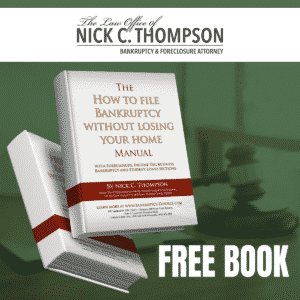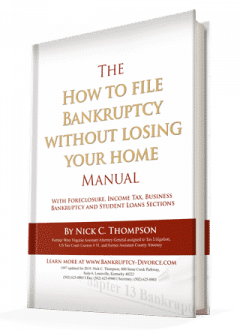Protections for student loans limiting your ability to discharge student loans in bankruptcy have increased since 1978. Originally you could discharge all student loans until the following events occurred:
- An amendment in 1978 made student loans dischargeable in bankruptcy after five years of repayment. In 1990 bankruptcy discharges for student loans went to 7 years.
- Later it required the court to rule it was an undue hardship to repay a government student loan in 1998. You could still discharge private student loans until 2005 without any waiting period.
- In 2005 private student loans were also made non-dischargeable.
- In 2010 the system was changed so banks no longer originated government student loans.
The solutions to government and private student loans
The solution to government student loans has been to get into the best repayment plan for you. The servicers will often attempt to put you into the best repayment plan for their profits. We suggest using Studentloanify as a program to select the best student loan repayment option for government student loans. This program has two versions, one for lawyers and the other for students.
For private student loans, you may want to not pay the loan until the statute of limitations has run. The statute of limitations in Kentucky is six years for a negotiable instrument. If the student loan has been assigned, the loan must be a negotiable instrument. Almost all private loans are negotiable instruments. The statute of limitations and contracting with a minor defenses do not apply to federal student loans.
How to Discharge Student Loans in Bankruptcy
Most states use the Brunner test, which has three parts the debtor must meet to qualify for an undue hardship. This rule comes from a New York case in a district that no longer uses the Brunner test. It is so hard to prove that most attorneys assume it cannot be done. but every year, about 500 to 600 people obtain this discharge. A large number of these cases are filed without the help of an attorney. It is not easy to meet this standard but every year a few people do qualify. The first step in qualifying for this undue hardship discharge is that the debtor has exhausted all of the administrative remedies first. This means that you have attempted to make it affordable with an income based program.
Since private loan payments are not income based, showing the private student loan is an undue hardship is much easier. You only have to prove the undue hardship if for yourself or your dependants. One case involved a nurse who had a child. She could not work because the child needed round-the-clock medical care, which prevented her from working. Another case I had involved a man who was injured by a garage door which impaired him mentally for life. He was not technically disabled at the time. But he required so much supervision that he could not find work and was able to discharge the student loan debt. Follow this link to a short description of the Brunner test.
The problems with student loans
The purpose of protecting student loans was to protect student loan financing. However, later it became a way for lenders to abuse the system by billing the government for attempting to collect loans that were uncollectible. Now the system is strangled, with approximately 37% of all loans being uncollectible. Then, servicers bill the government for loans they can’t collect. The government pays private contractors to service and “collect” student loans even if a person is disabled, retired and no longer working, or dead. Even worse, private colleges often promise high wages will exist to students to repay these loans, But these degrees are for jobs that don’t exist or that can’t reasonably repay the student loan debt.
At one time, someone could get a degree at favorable loan rates with affordable repayment. In the 1970s, students only borrowed 3-5 thousand dollars for a degree. At that time, the loan was primarily for tuition and books. After 2000 we began to see for-profit schools encouraging students to borrow $100,000 or more — sometimes at credit card rates.
This includes encouragement to live on loans with kickbacks from lenders to these for-profit schools. Again, this is the scenario in which schools encourage students to borrow above their means. They do this knowing that the students cannot repay loans with the junk degrees they offer them. Unfortunately, this is how they profit in the private school systems. If the loans go into default too quickly, these schools risk losing their ability to lend government loans. So for the first few years, they encourage students to place them into deferments or forbearances.
Private Student loans have evolved into non-dischargeable credit card debt.
Funds from student loans are often used by students for items other than college. Student tuition debt has evolved into a non-dischargeable form of credit card debt. Some of the private loans are able to lend at credit card rates because their “educational purpose” debt cannot be discharged, and often parents are required to co-sign. A few lenders will pay fees to the schools to encourage colleges to sign up for more of these private loans.
Bad student loans don’t go away unless you run the statute of limitations for private loans or you can prove to pay them would be an “undue hardship.” There is no statute of limitations for government loans, and the standard for undue hardship is extreme. For government loans, tax refunds are lost, and a percentage of social security benefits over $850 can be attached without suing a student. When you default on a student loan, it prevents homeownership. But for private loans, they have to sue to collect, and when they do sue, they are subject to all the same general defenses against a debt that credit cards have.
Some states are adopting a totality of circumstances approach.
Until now, the courts did not grant very many hardship discharges. The undue hardship has been so limited to the disabled that it practically doesn’t exist for most people. However, now some states are beginning to adopt a totality of the circumstances approach. Filing bankruptcy provides a balanced budget and allows repayment of the student loan at the expense of other unsecured debts. Chapter 13 plans may allow the debtor to make student loan payments in full at the expense of credit cards that are paid 10% or less, and finally, some people pay off student loan debt by applying funds from other sources such as charging for living expenses and paying on student loans instead of the charge cards.
The main goal of managing government student loans is to lower the payment.
The main goal of managing student loans is to lower the payment so that life can be affordable. Qualifying for a student loan discharge is always the goal. There are both administrative discharges and bankruptcy discharges for student loans.
But for most people, the easiest goal is to make the loan affordable. The Income-based Repayment (IBR) available from the Department of Education allows below-normal-income debtors to have as low as a zero monthly repayment. The loan becomes repaid at the end of the 20-25 years, and any balance that remains is discharged. Income-based payments are reported as on time even if the payment is zero. They may also forgive a loan if a person works for a not-for-profit or other public service organization. Even doctors or other high-income individuals may have a monthly repayment of no more than 10% of their incomes.
If the student loans involve garnishment or if they are private, Chapter 13 may be the answer. This allows the debtor to pay little or nothing to the student loan. Then, after a Chapter 13, simply wait until the statute of limitations runs out, and the loan is no longer collectible. Private student loans rarely sue if they are repaid little or nothing in Chapter 13. Our simple PowerPoint demonstration shows how to handle and manage the student loan debt problem in a quick 15-minute PowerPoint presentation.
Student loans exceed the nation’s credit card debt.
It is very difficult to obtain a Bankruptcy discharge for a student loan. But about 45% of the time, when someone applies for hardship through filing an adversary, a partial discharge is granted, or they get a full discharge or some form of relief. Not surprisingly, making student loans non-dischargeable didn’t cure student loan delinquency. In fact, over 30% of all government student loans are delinquent. Forbearances and deferments do not help the default rates when a loan will never be affordable. This is why private student loans, which have no income-based option, carry a much higher delinquency rate.
Government student loan debts are manageable, but there is only one chance to properly consolidate student loans into an IBR or to rehabilitate a student loan. The government does not allow a person to rehabilitate loans a second time. But you can consolidate loans into an IBR a second time as a solution to delinquency. The goal is always to make repayment affordable or to discharge the loans so that the student at the end of the plan is debt-free.
 Resources for Student Loans
Resources for Student Loans
Other Related Information
Current Student Loan Interest Rates
Hardship Discharge Student Loans
Chapter 7 Student Loan Hardship Discharge
Bankrupt or Discharge Student Loans
Discharge Private Student Loans in Bankruptcy
Do you need help managing your student loan? Contact my office right away to start the conversation. Nick C. Thompson, Attorney: 502-625-0905



